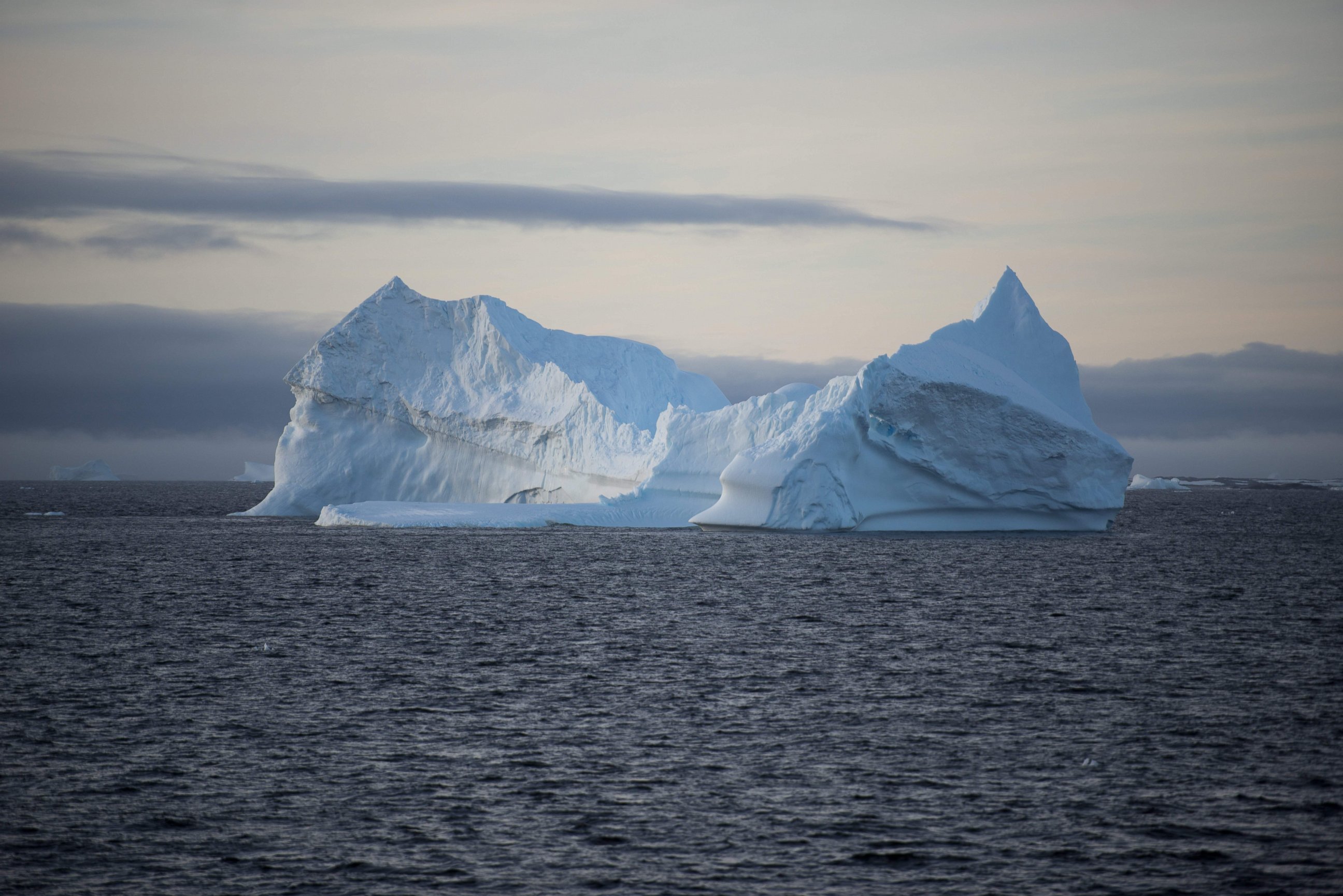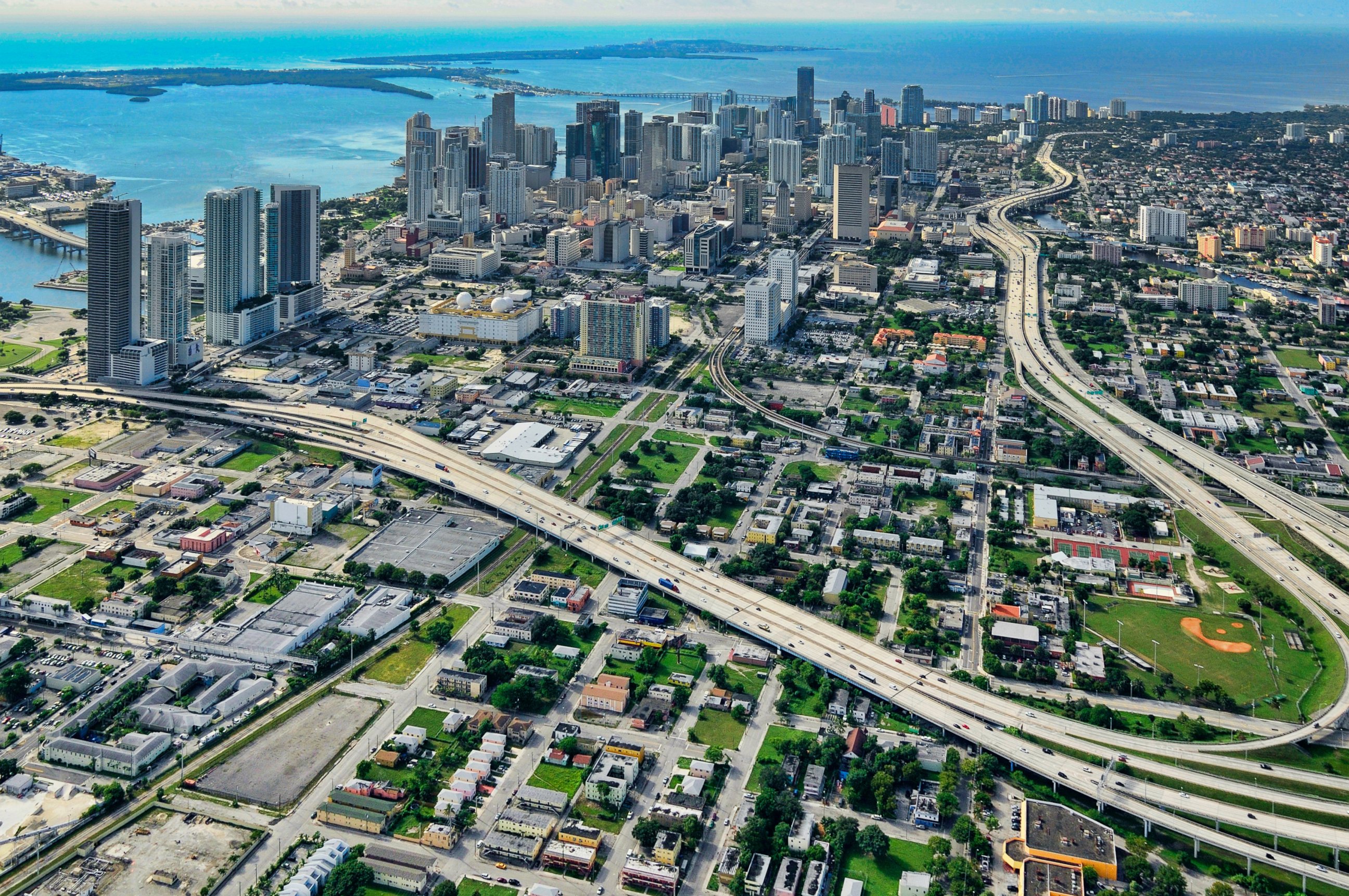Study Predicts Sea Levels Could Rise More Than 50 Feet by 2500
Antarctic ice could begin to melt as soon as 2050, the researchers said.
— -- As greenhouse gas emissions continue to rise throughout the world, scientists are now predicting a cataclysmic result if global warming rapidly melts the ice in Antarctica and particularly the West Antarctic ice sheet, a remnant of Earth's last ice age.
Researchers had predicted the melting of Antarctic ice before but assumed it would occur over several hundred or thousands of years. A study published Wednesday shows that sea levels could rise at a much faster rate than forecasted.
Sea levels could rise more than 50 feet by 2500
The authors of the study, University of Massachusetts professor Robert M. DeConto and Pennsylvania State professor David Pollard, used a model coupling ice sheet and climate dynamics to study Antarctica's contribution to past and future sea levels. If the continent's great ice sheet melts -- an area larger than the size of Mexico -- sea levels will rise more than 15 meters, or 50 feet, by 2500, they determined.
If the current level of greenhouse gas emissions is not reined in, sea levels could rise by 3 feet by the end of the century, solely from melting ice in Antarctica. Combined with the glaciers that are already crumbling in Greenland and other regions, that number increases to 5 or 6 feet, according to the researchers. The melting could occur as soon as 2050, Pollard told ABC News.

If greenhouse gas emissions are drastically reduced, Antarctic ice will remain untouched and sea levels will only rise by centimeters in the next 500 years, a more optimistic model shows.
"The large parts of Antarctica will not collapse," Pollard said. "There will just be a little bit of erosion around the coasts, resulting in a very small sea level rising."

Major cities could soon be underwater
Any coastal, low-lying cities or rural areas will be drastically affected by rising sea levels, Pollard said.
Major coastal cities like New York, Boston, Miami, New Orleans, Charleston, London, Venice, Shanghai, Hong Kong and Sydney could cease to exist as seawater inches inland.
In addition, Pollard said a large part of Florida is vulnerable as are several regions in Bangladesh and the Netherlands.

As sea levels gradually climb, medium-sized storms will be more destructive
Medium-sized storms, which Polland defines as a "small hurricane," could become much more catastrophic.
As the ice melts and sea levels gradually rise, the capacity for storm surges will be greater. In the fall of 2012, Hurricane Sandy was downgraded to a tropical storm before it hit New York City, but it still caused millions of dollars of damage, flooding much of lower Manhattan and wreaking havoc in the surrounding boroughs.
These types of catastrophic events will happen more often, even with just seemingly insignificant rises in sea levels, Pollard said.
"The medium-size storms will be a lot more of a threat than they are today," he said.



